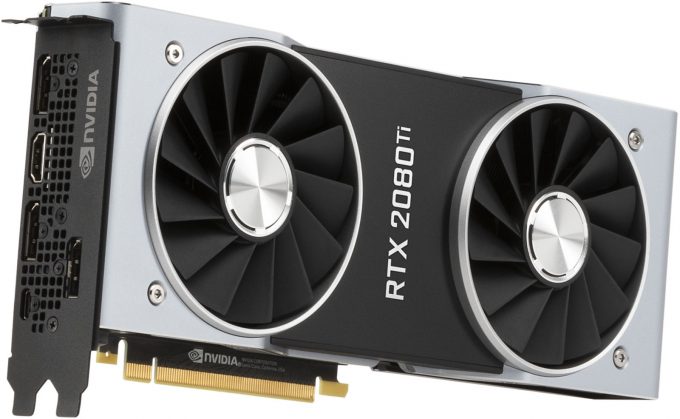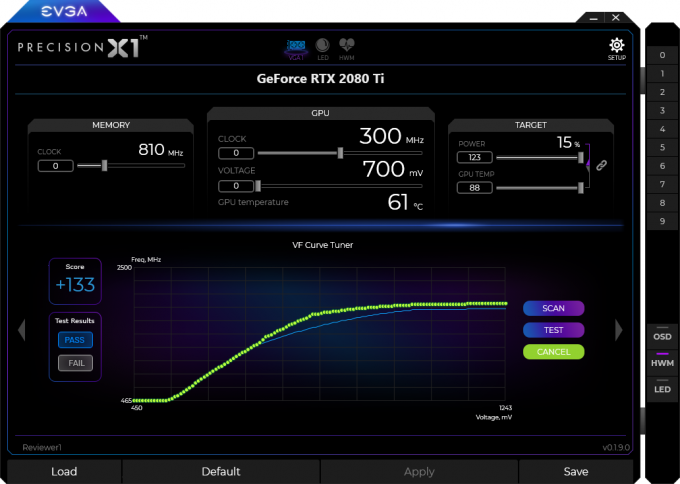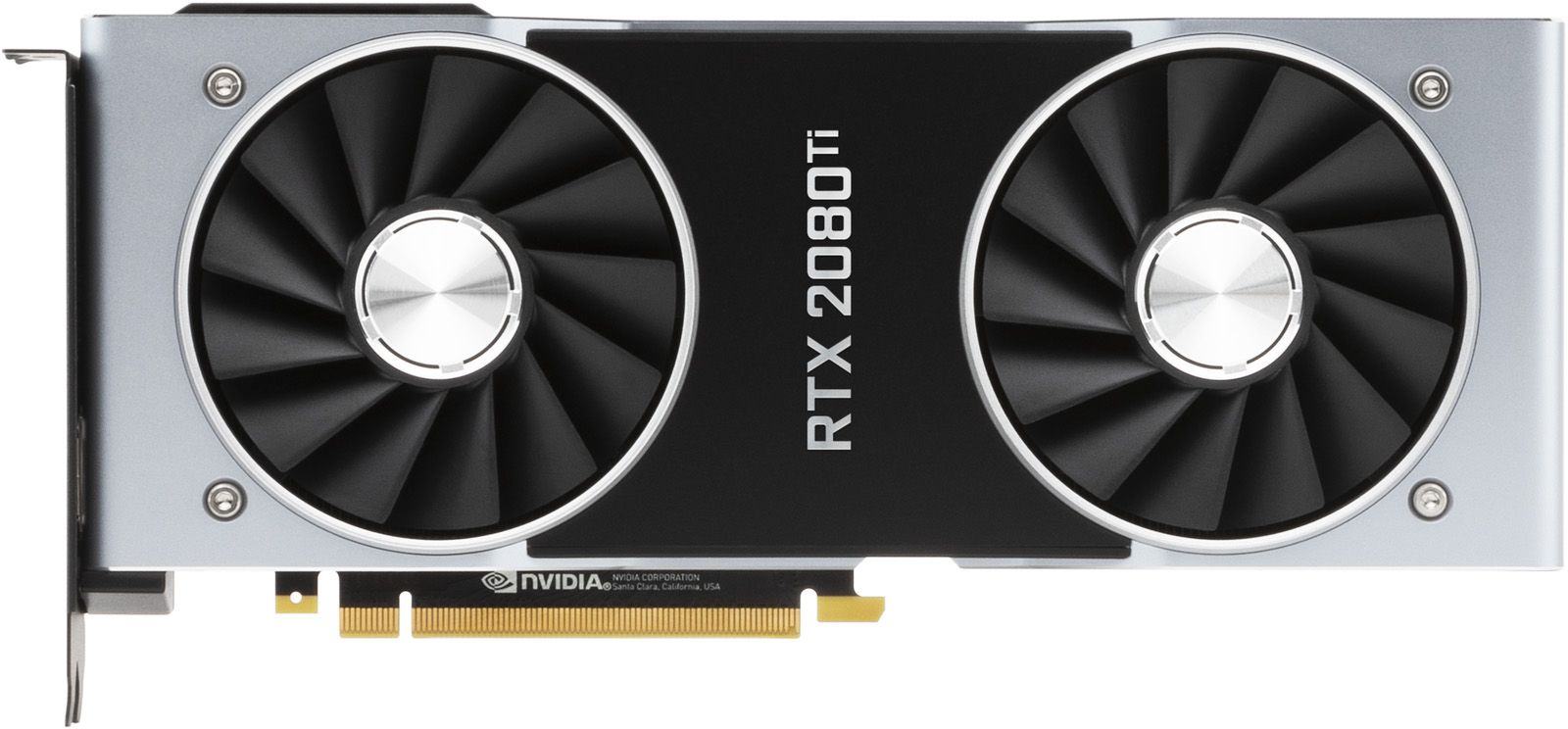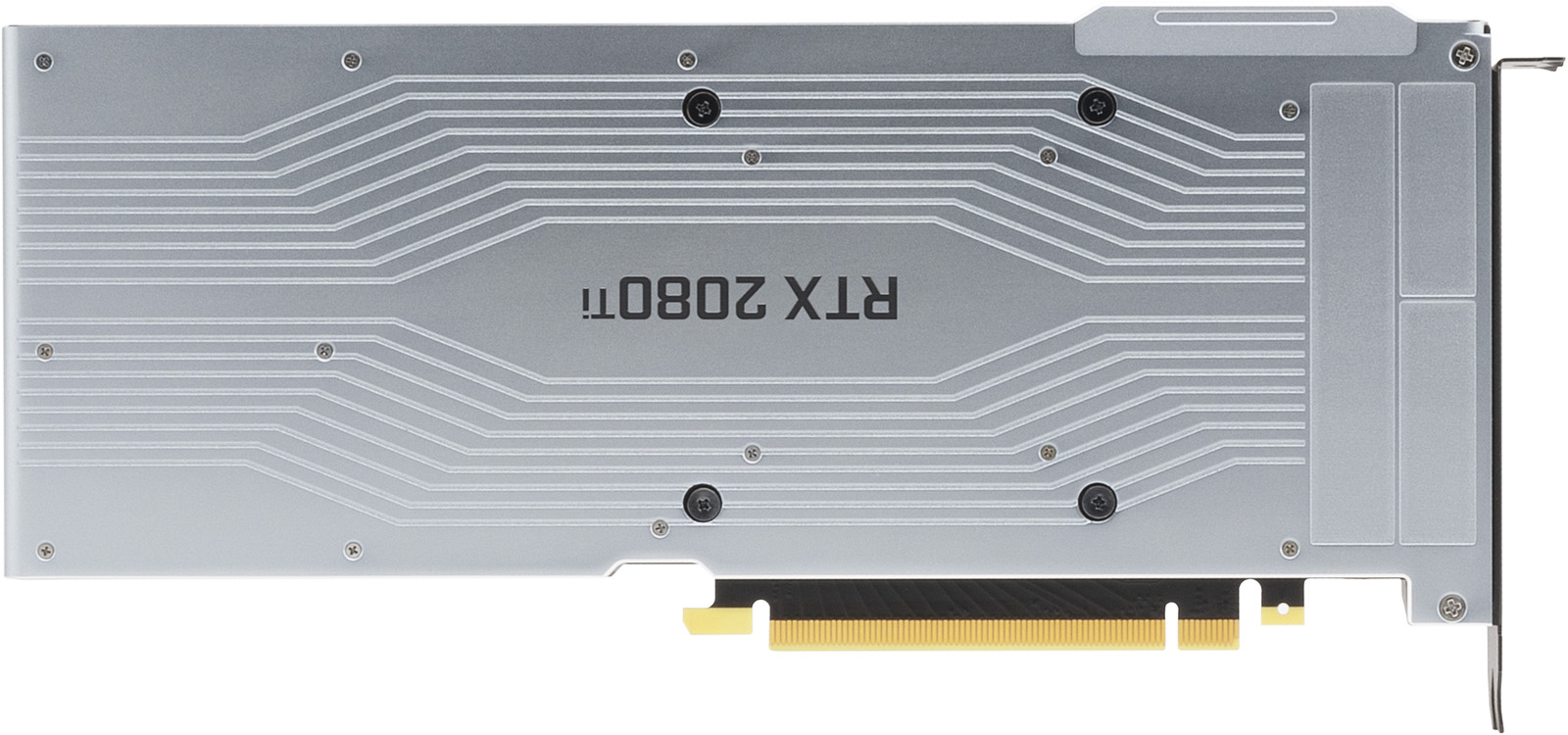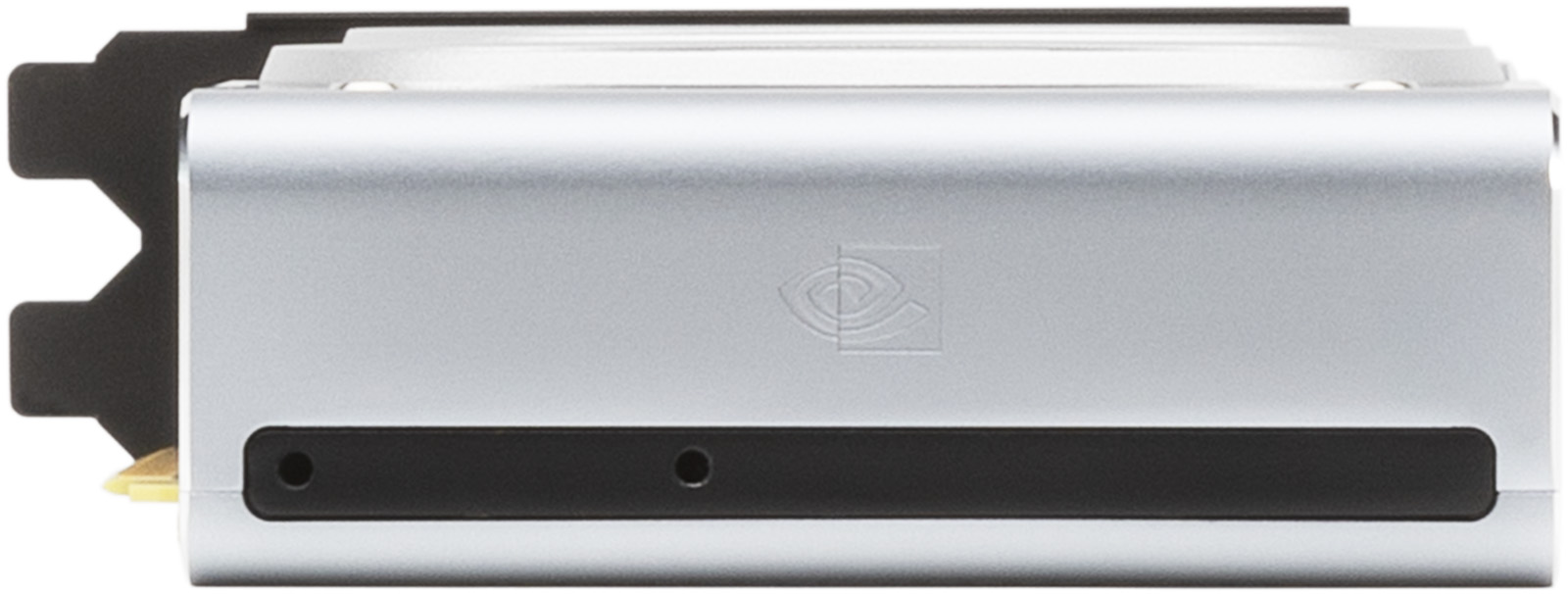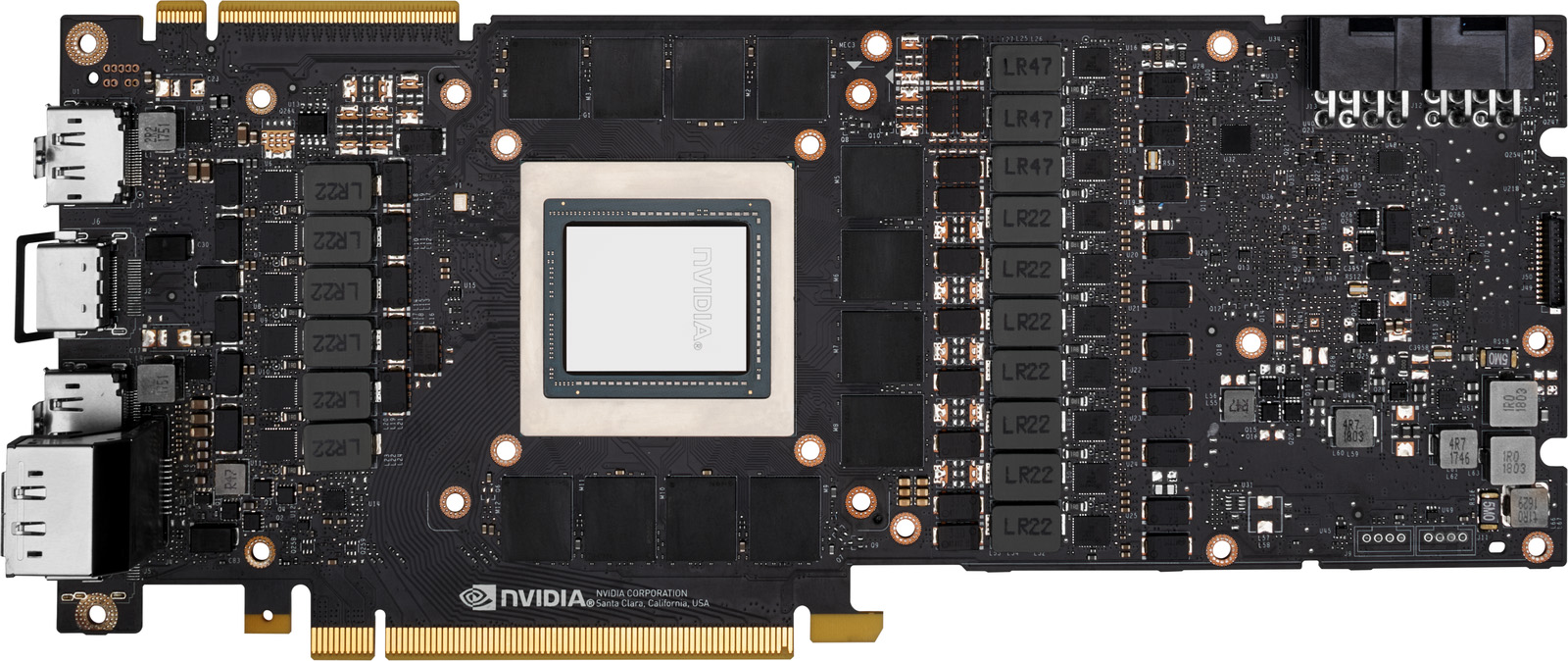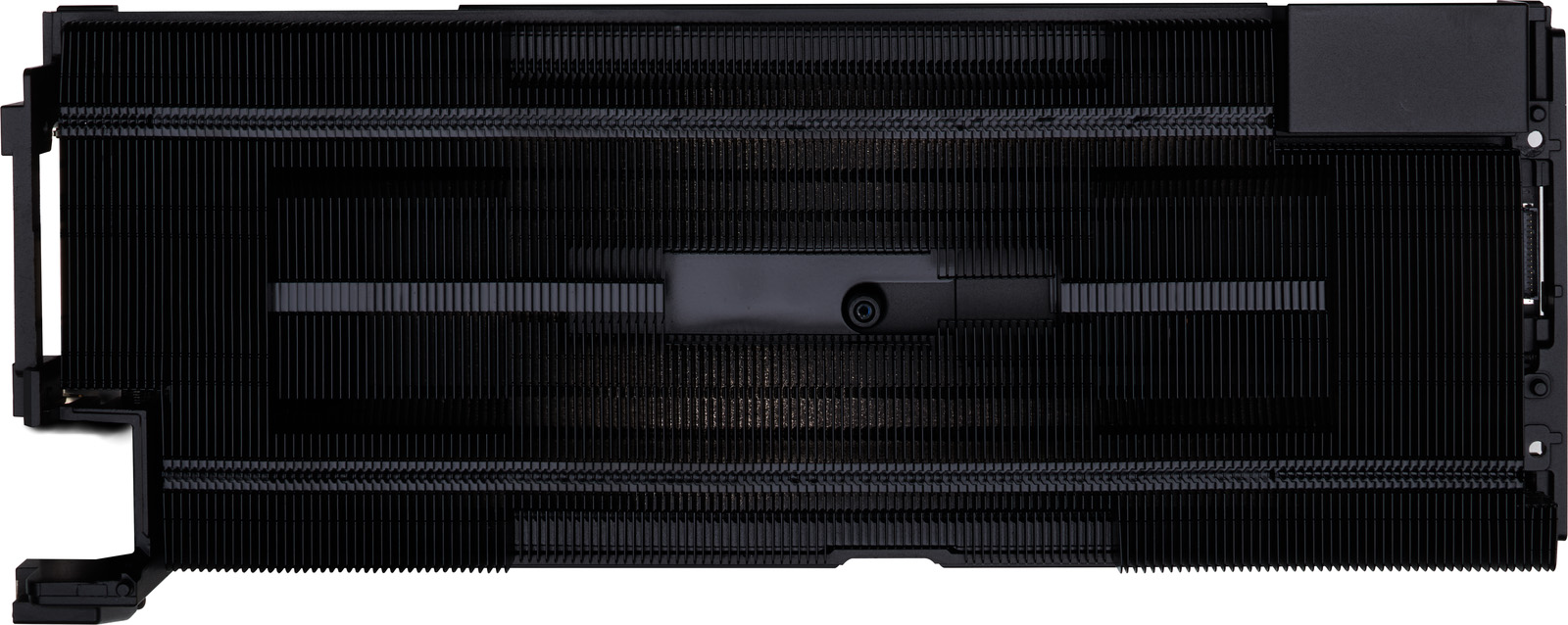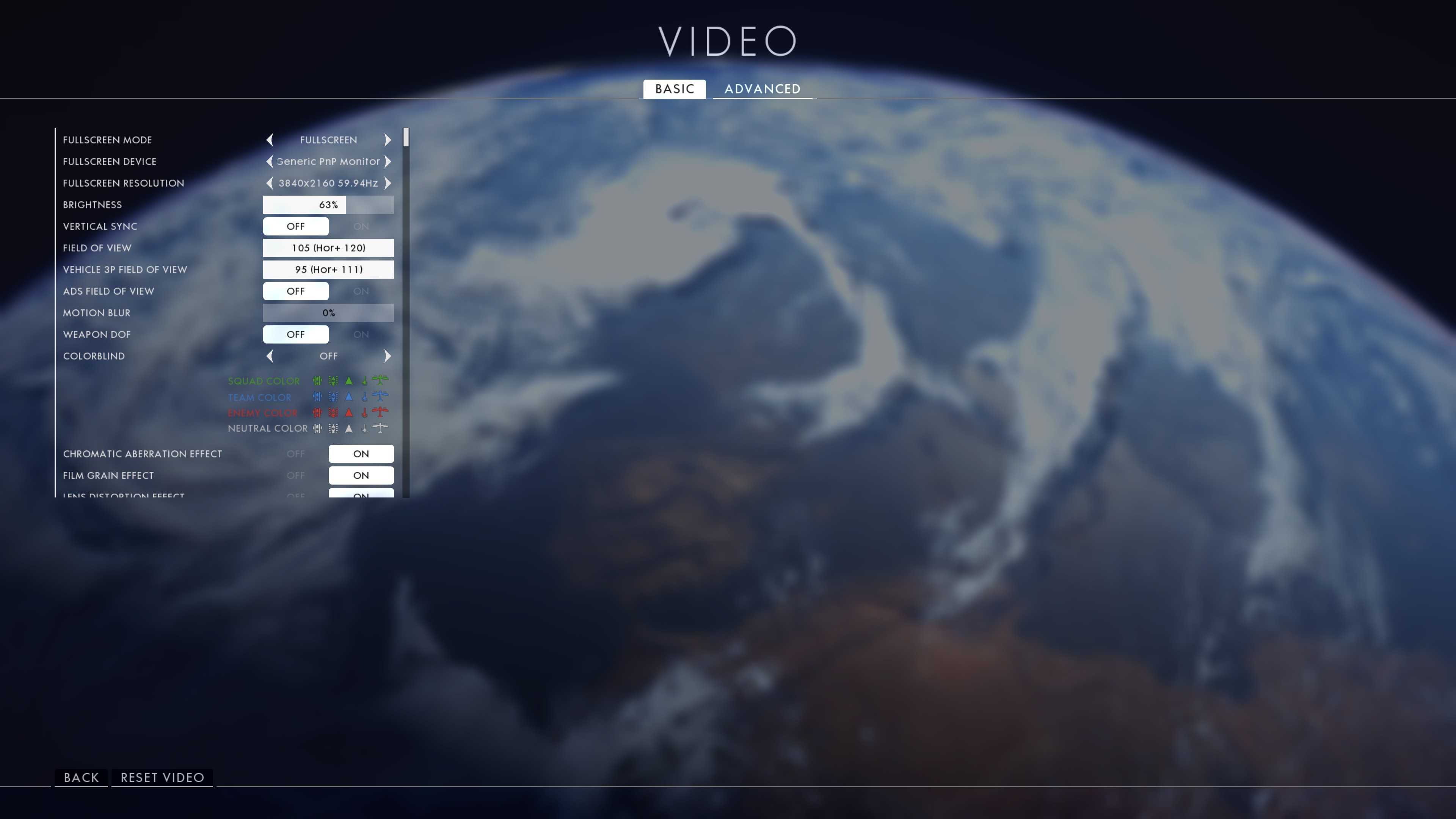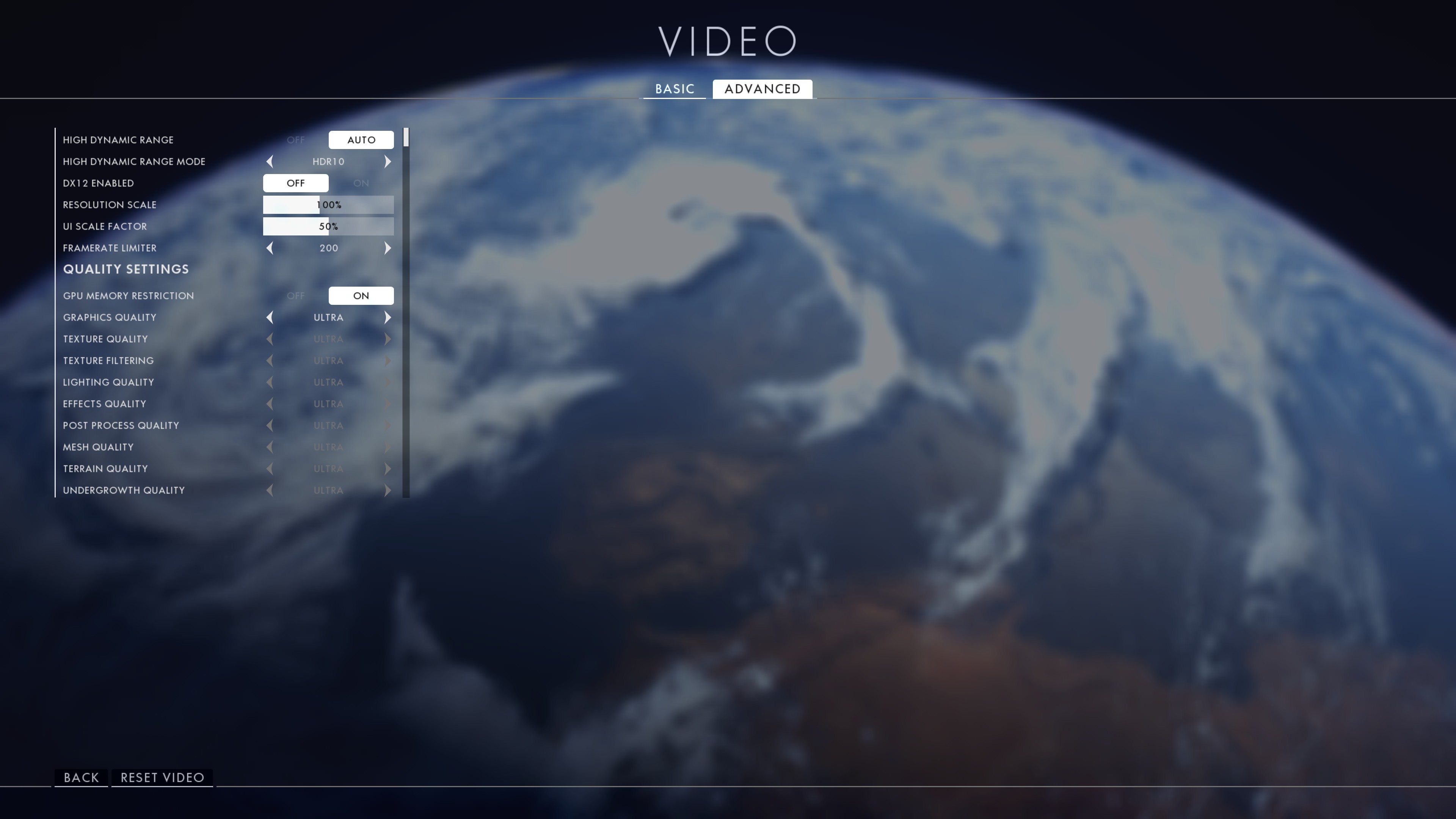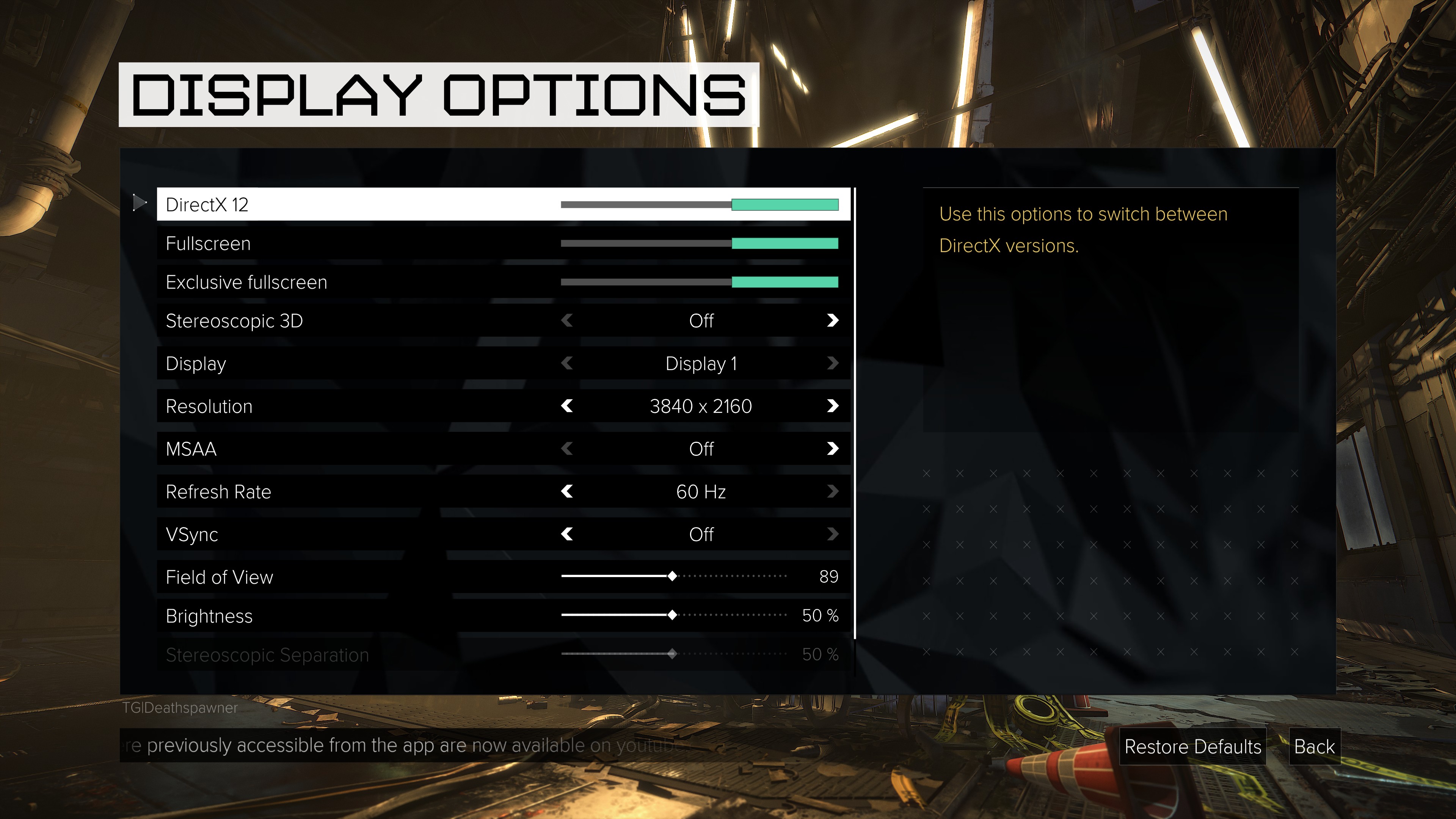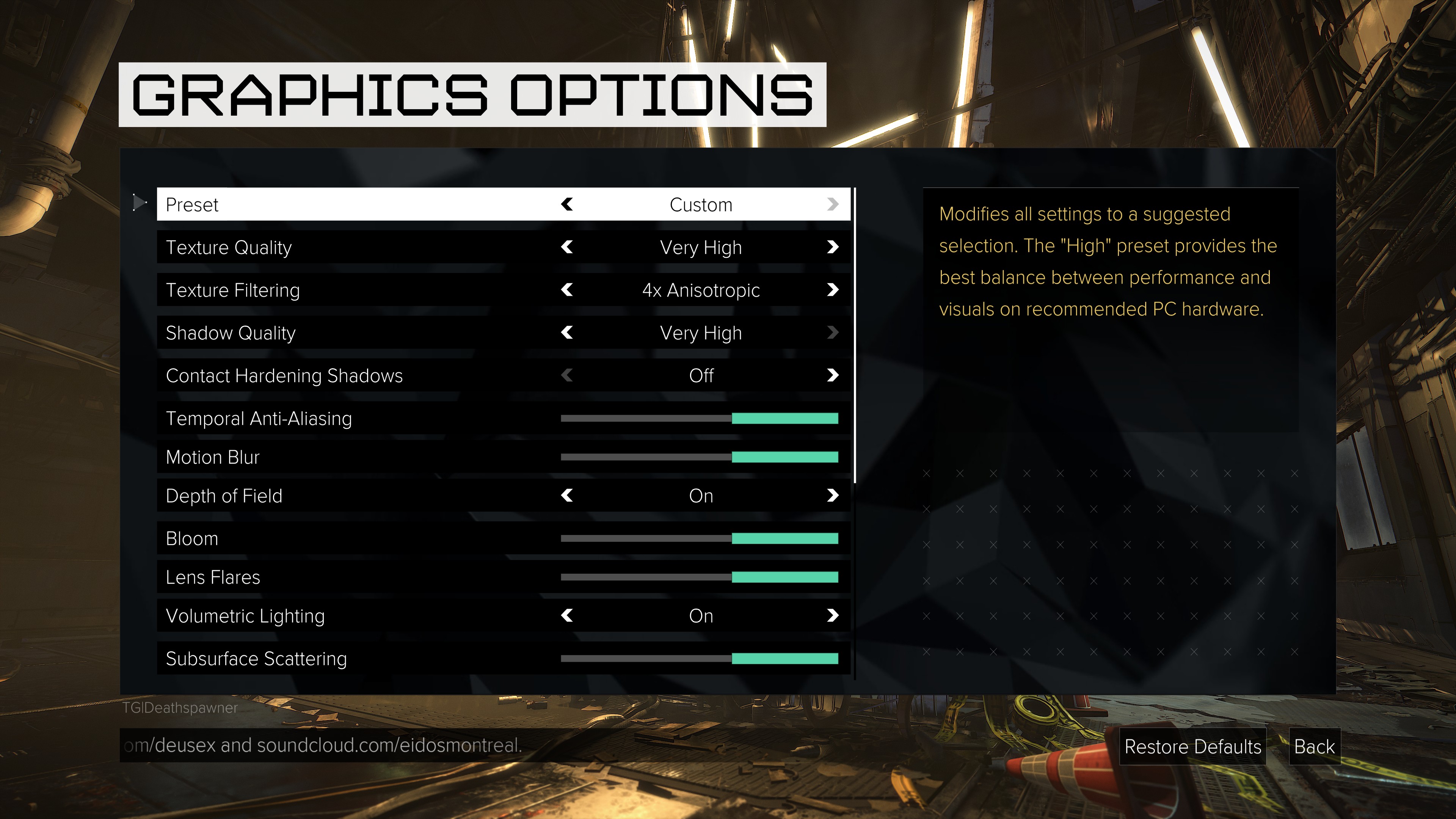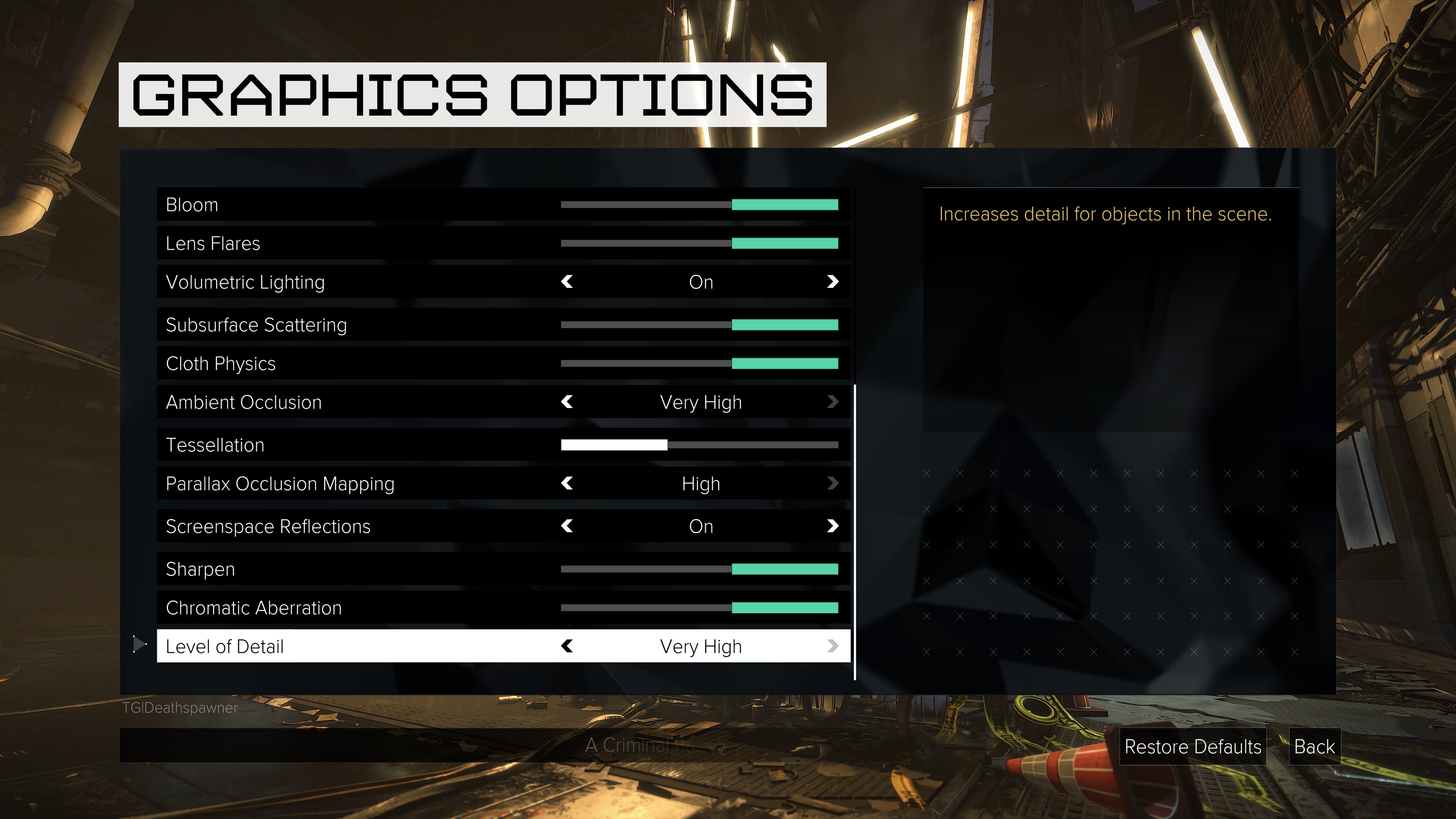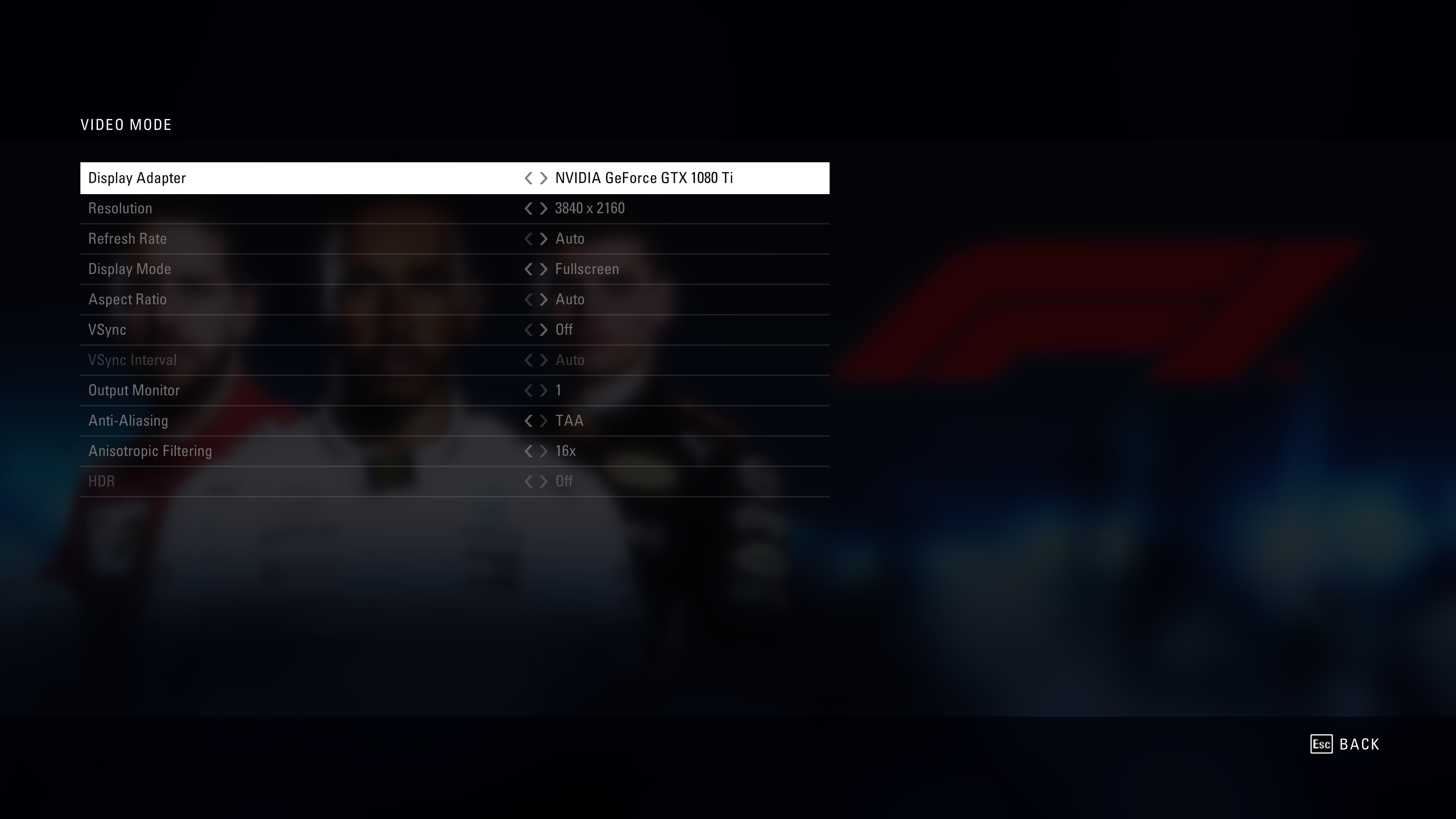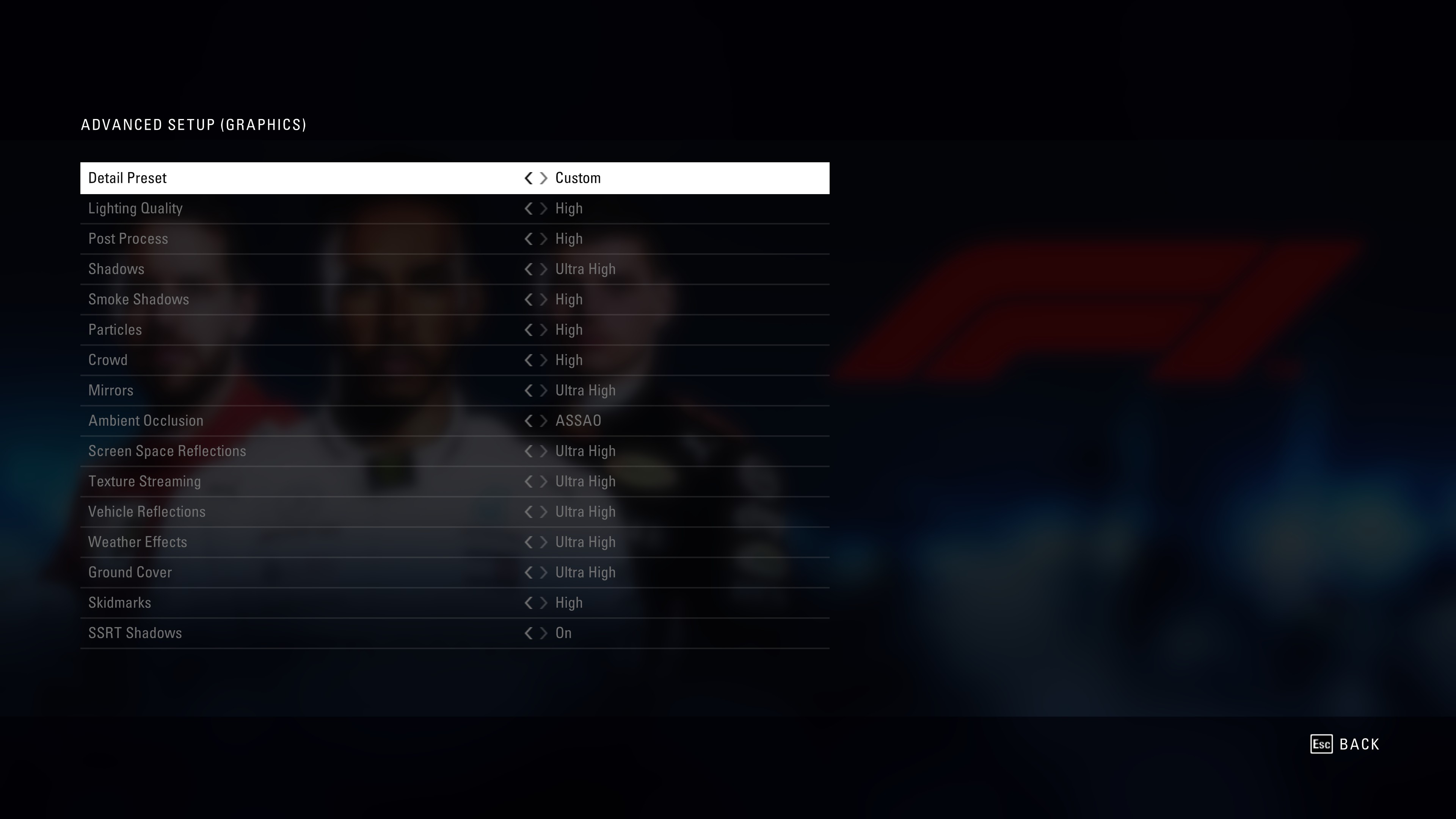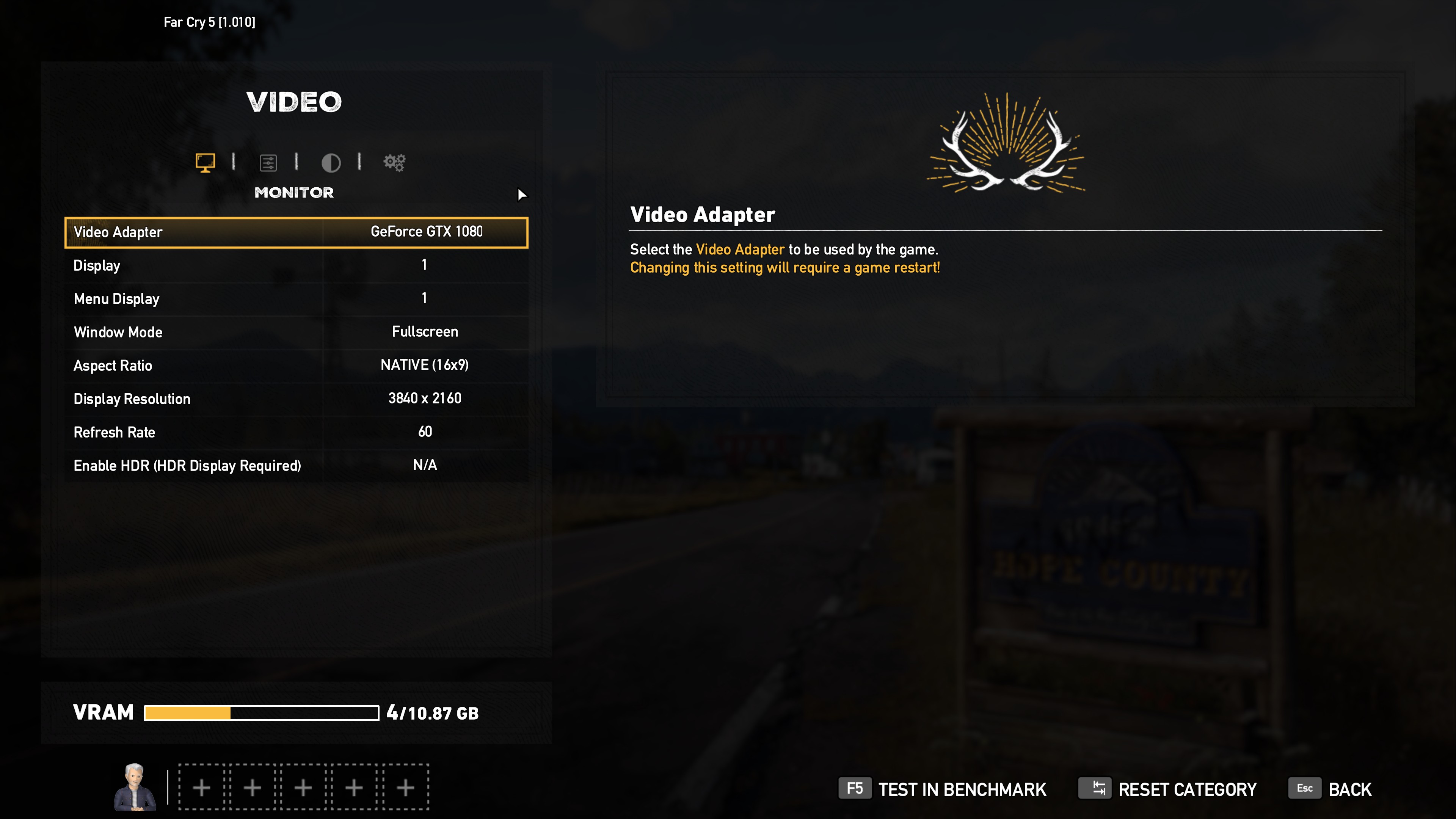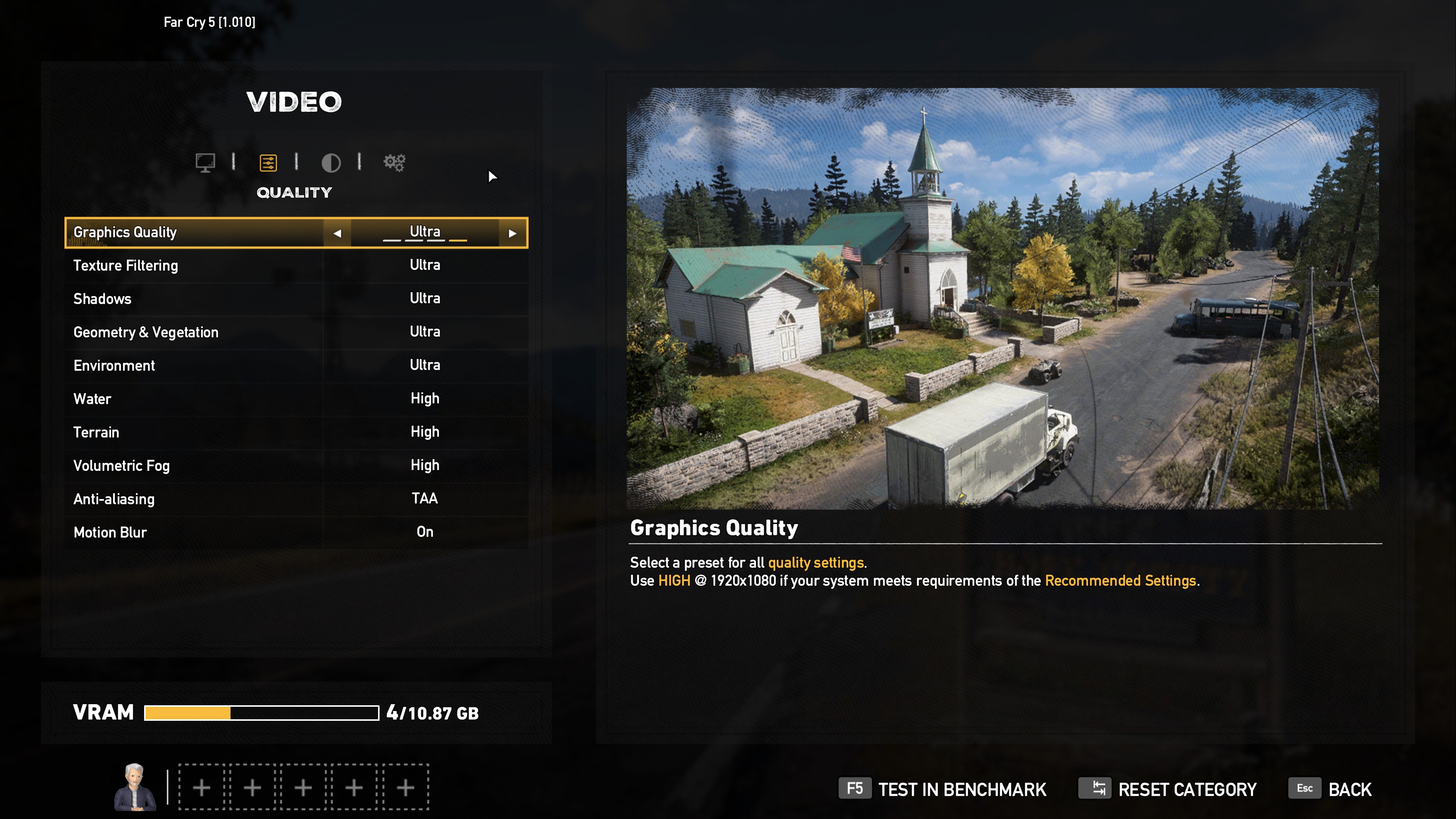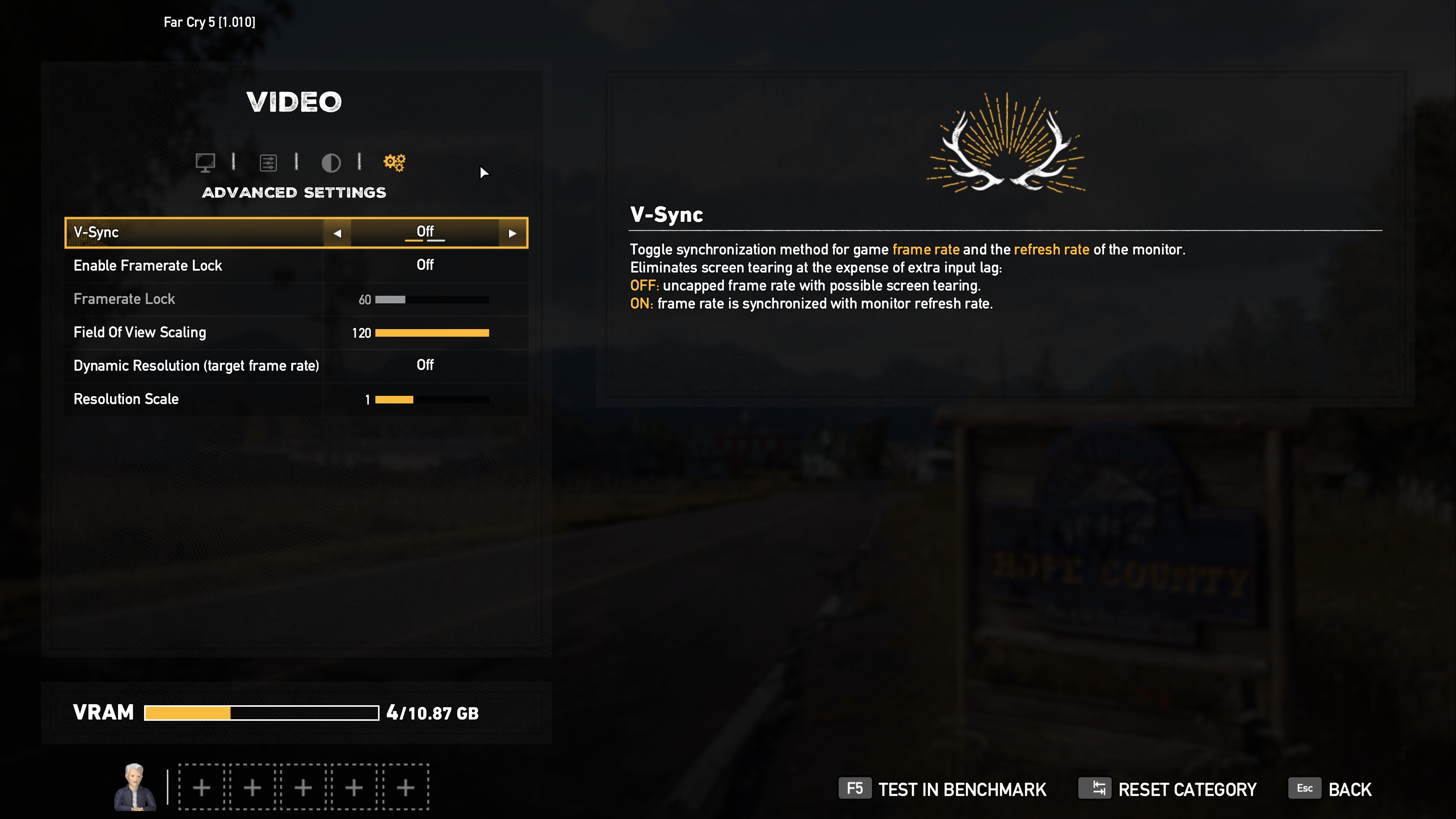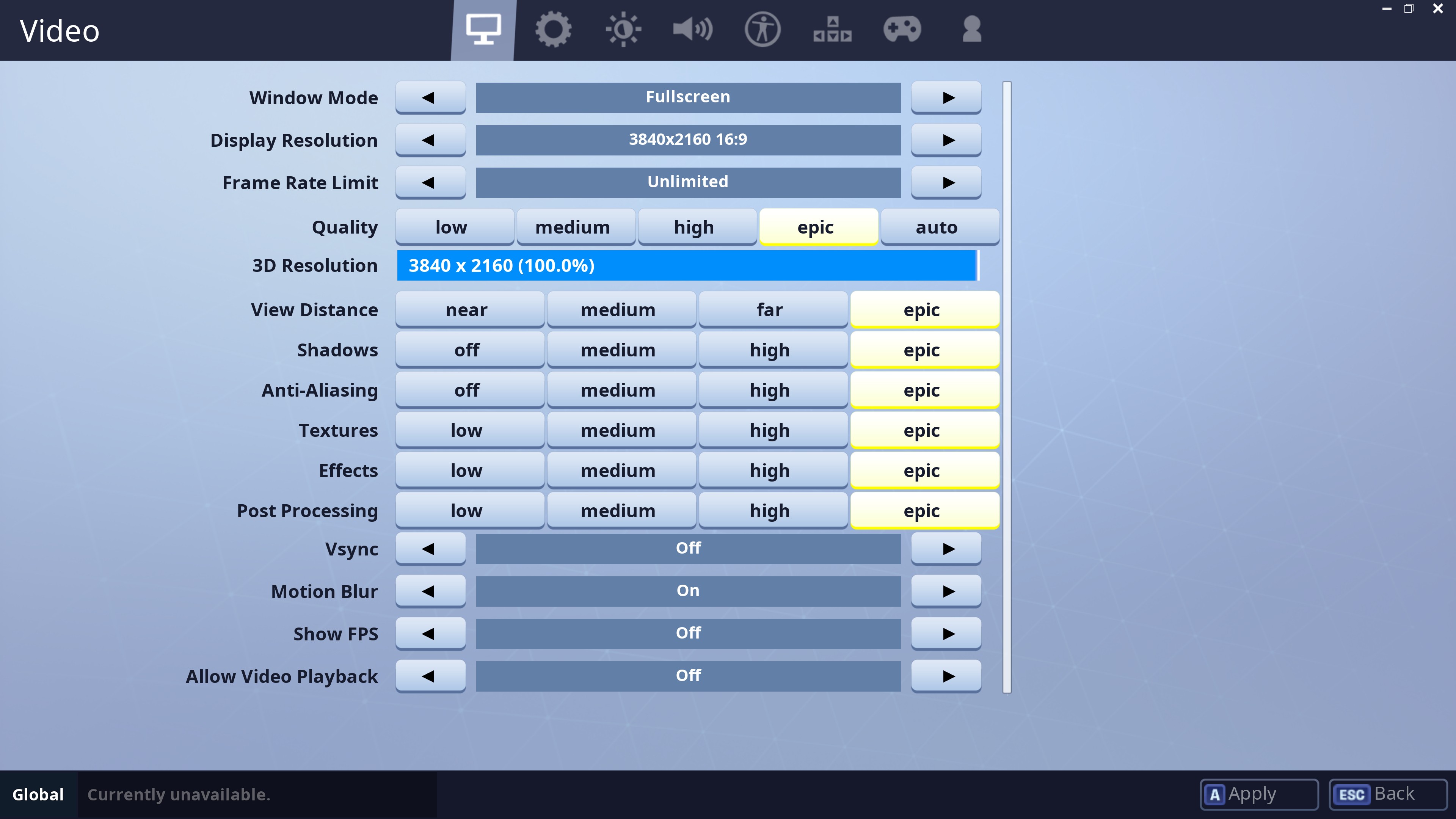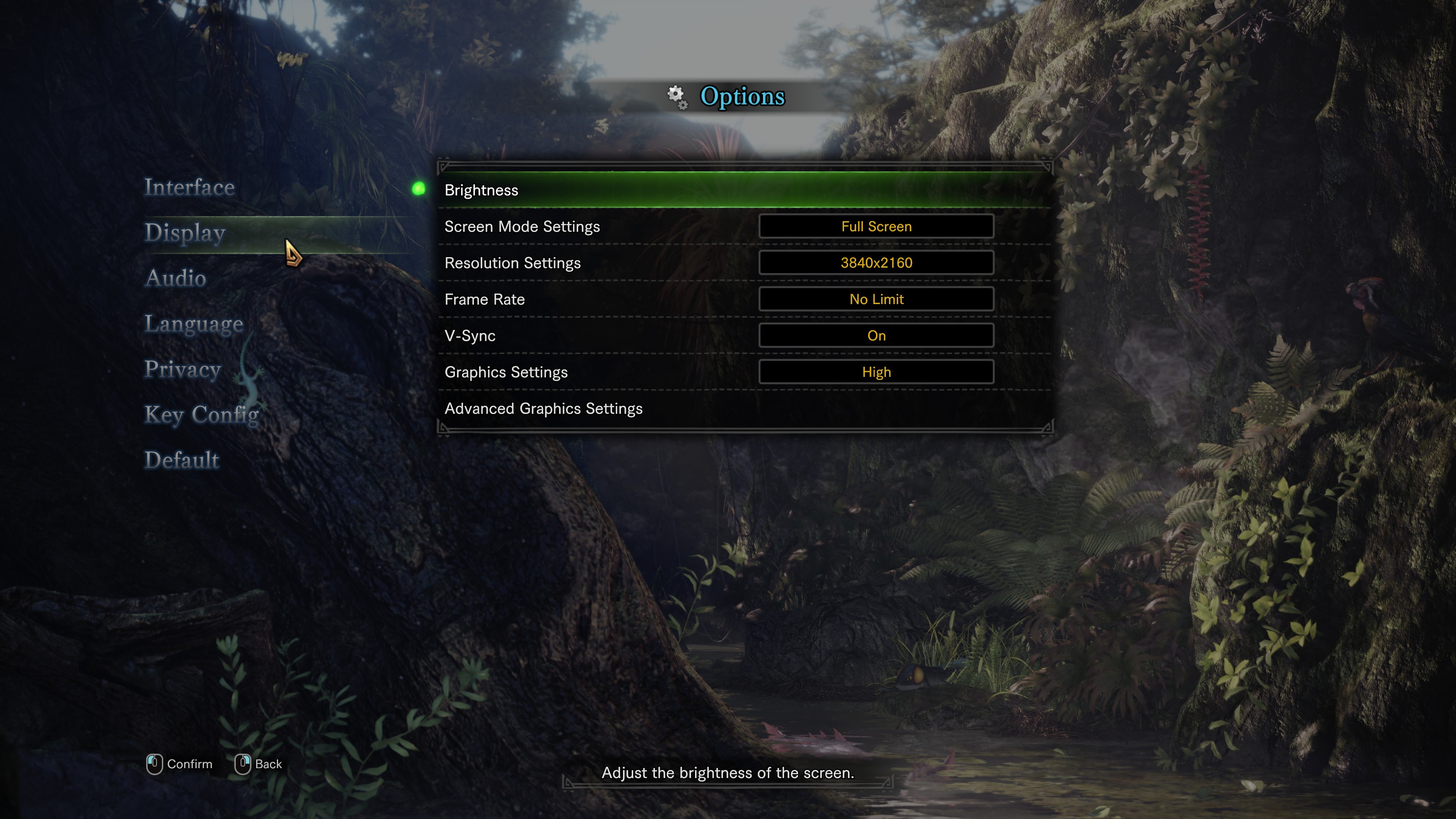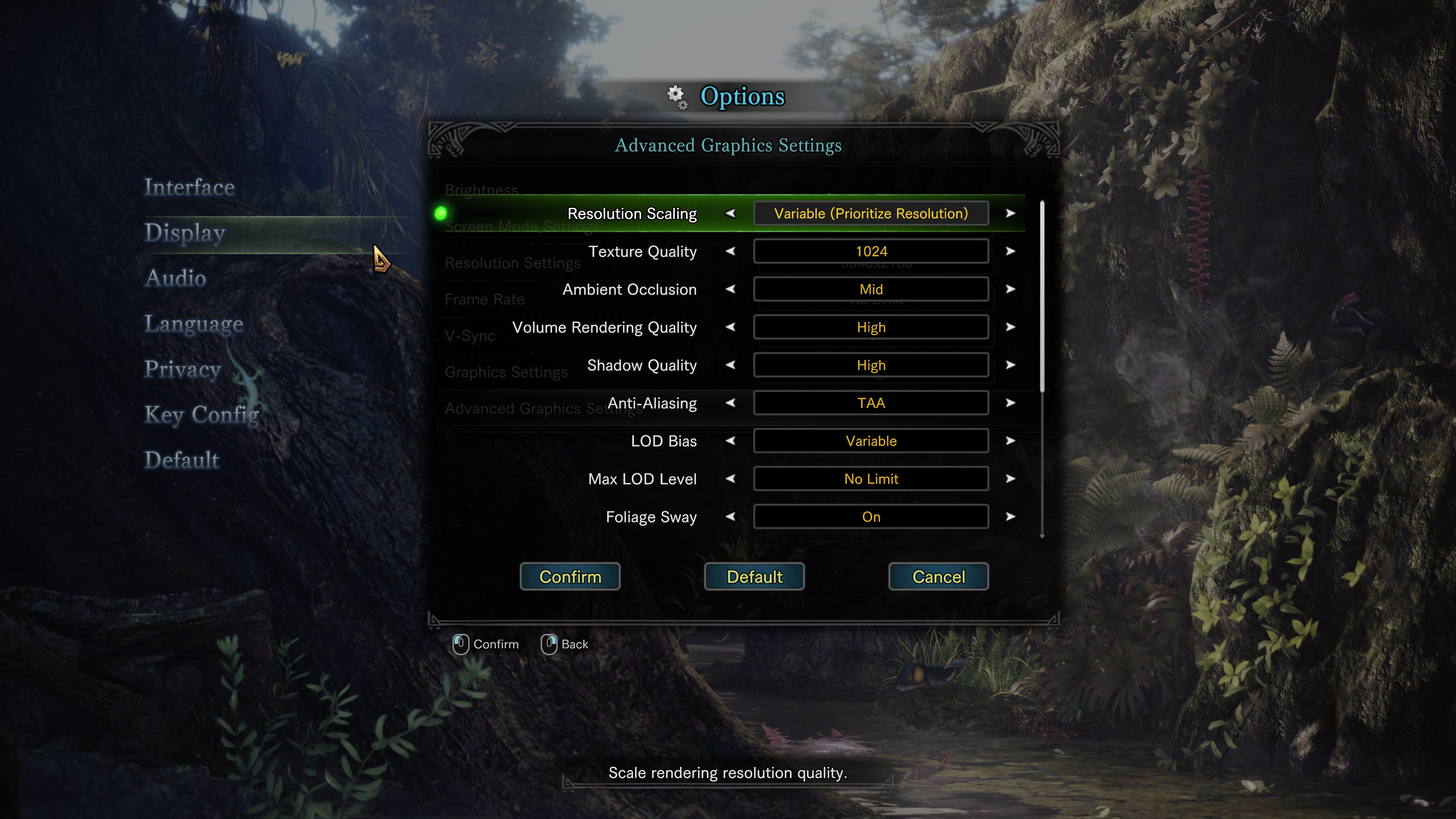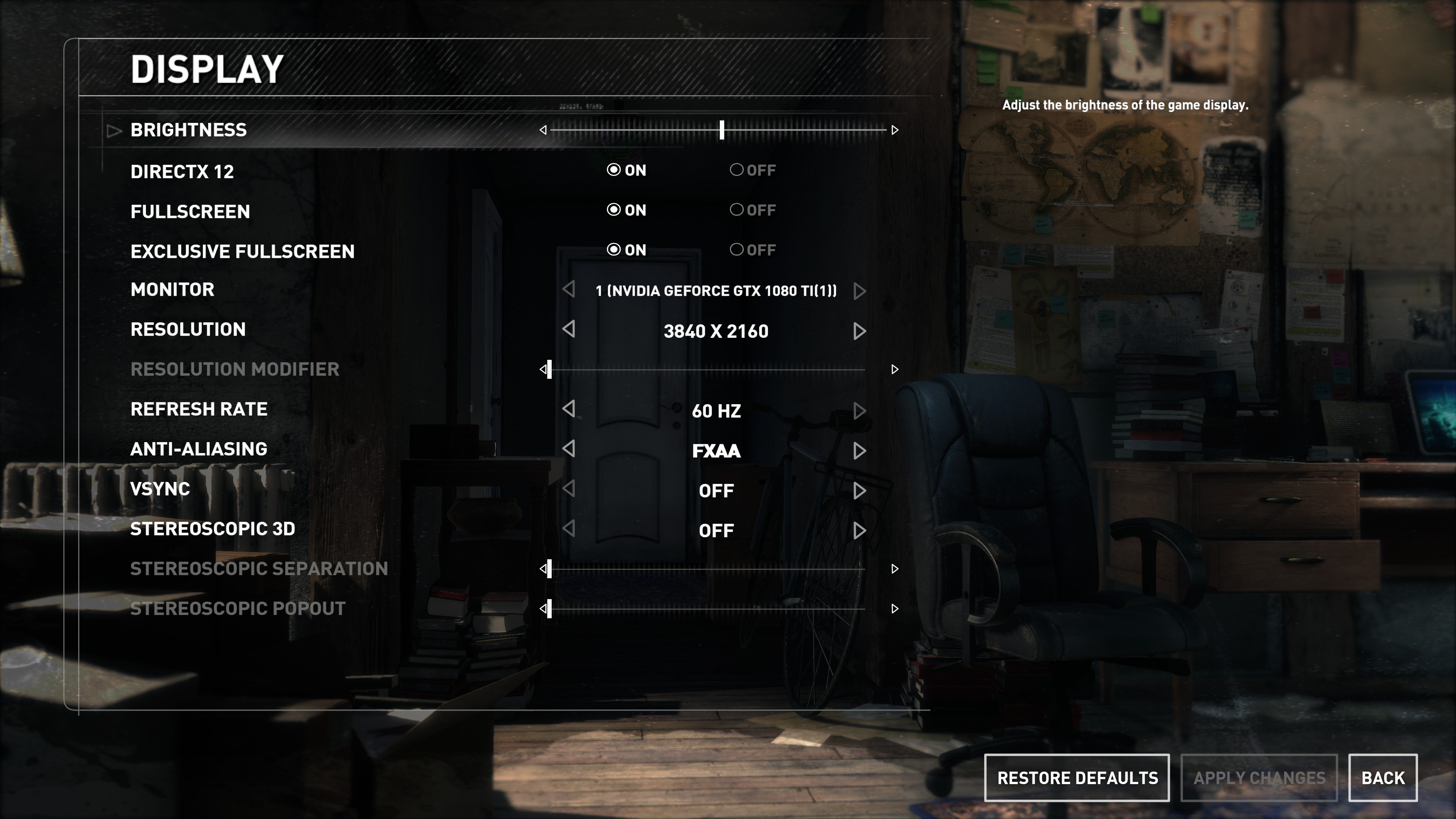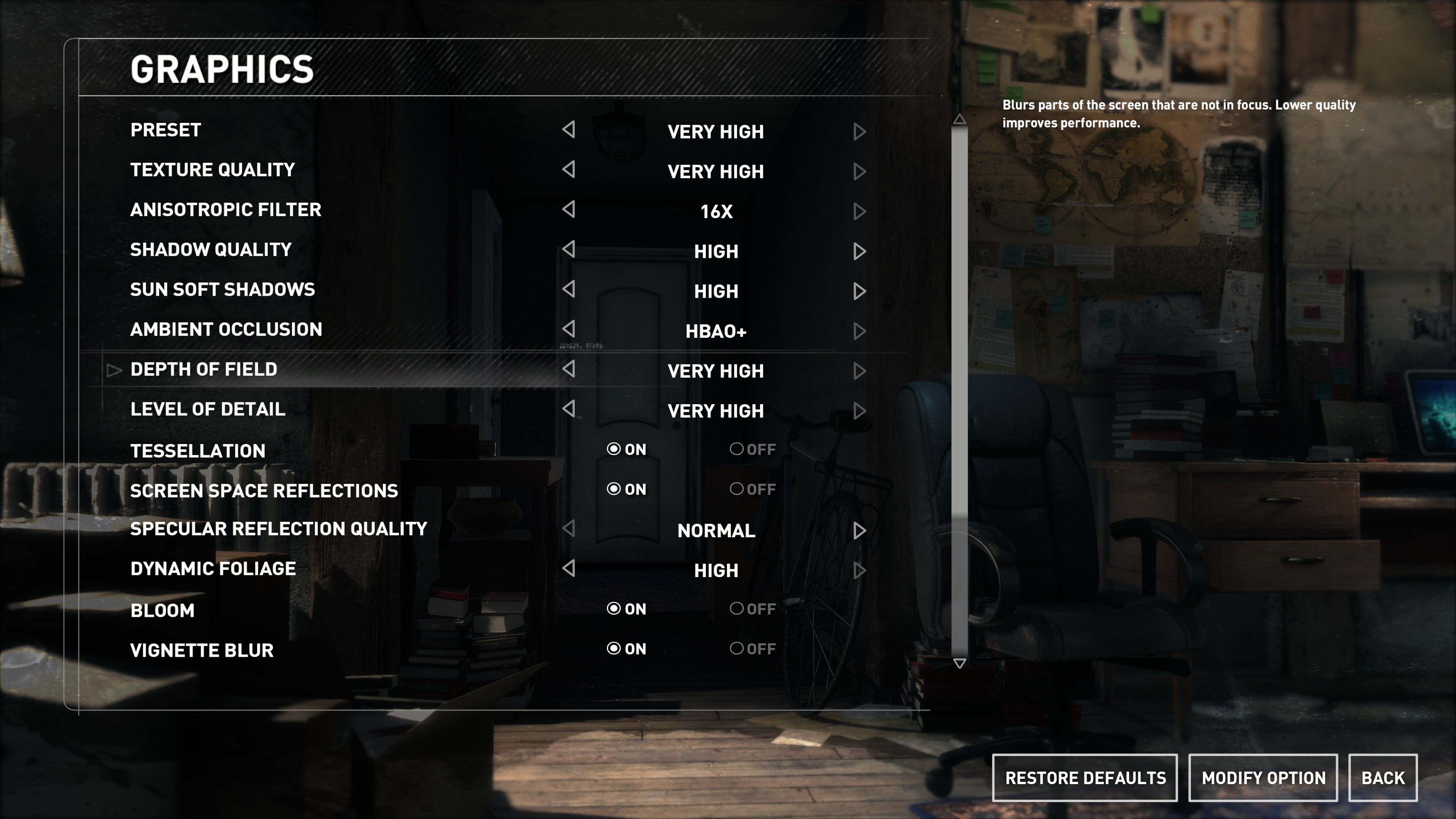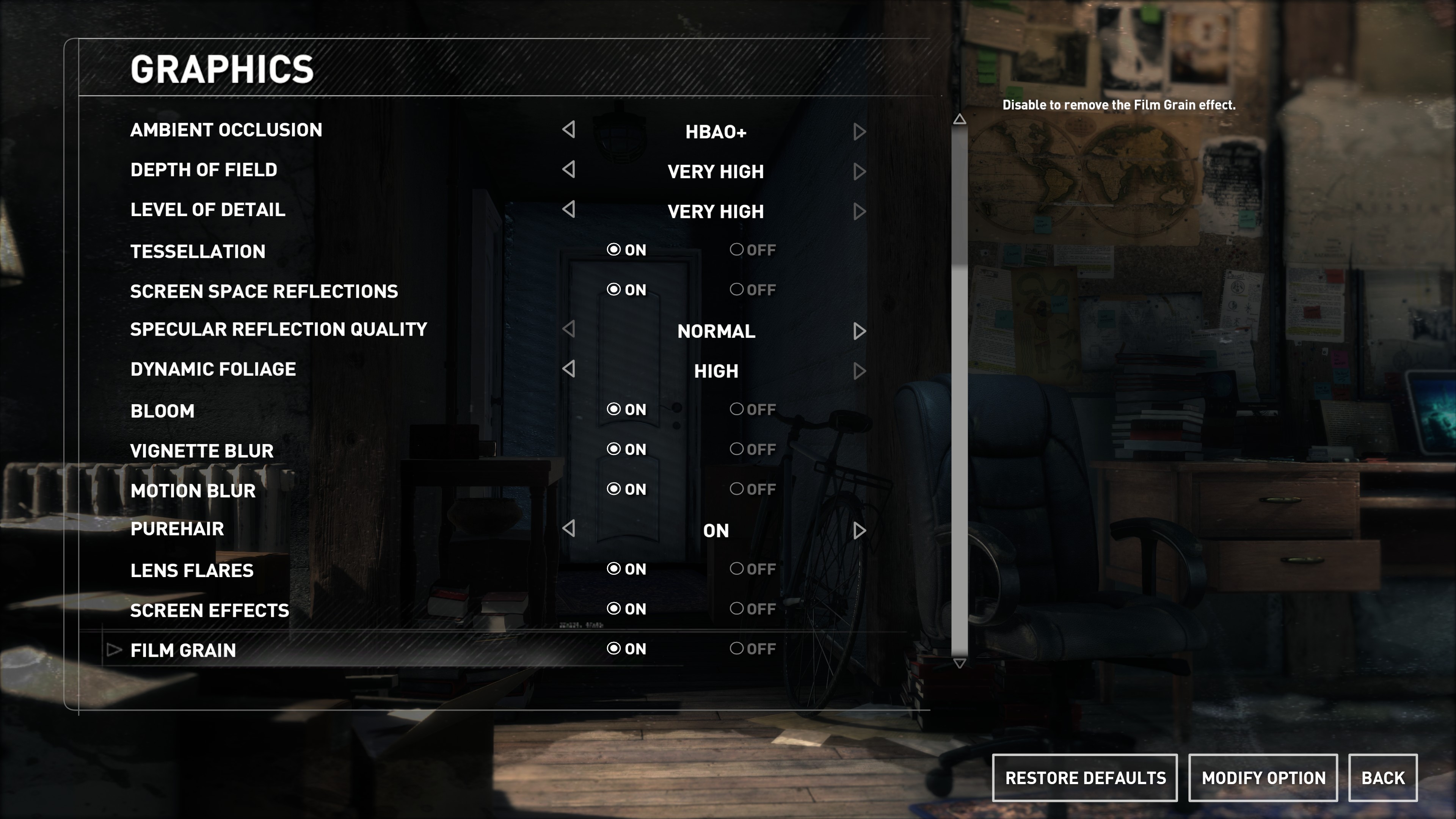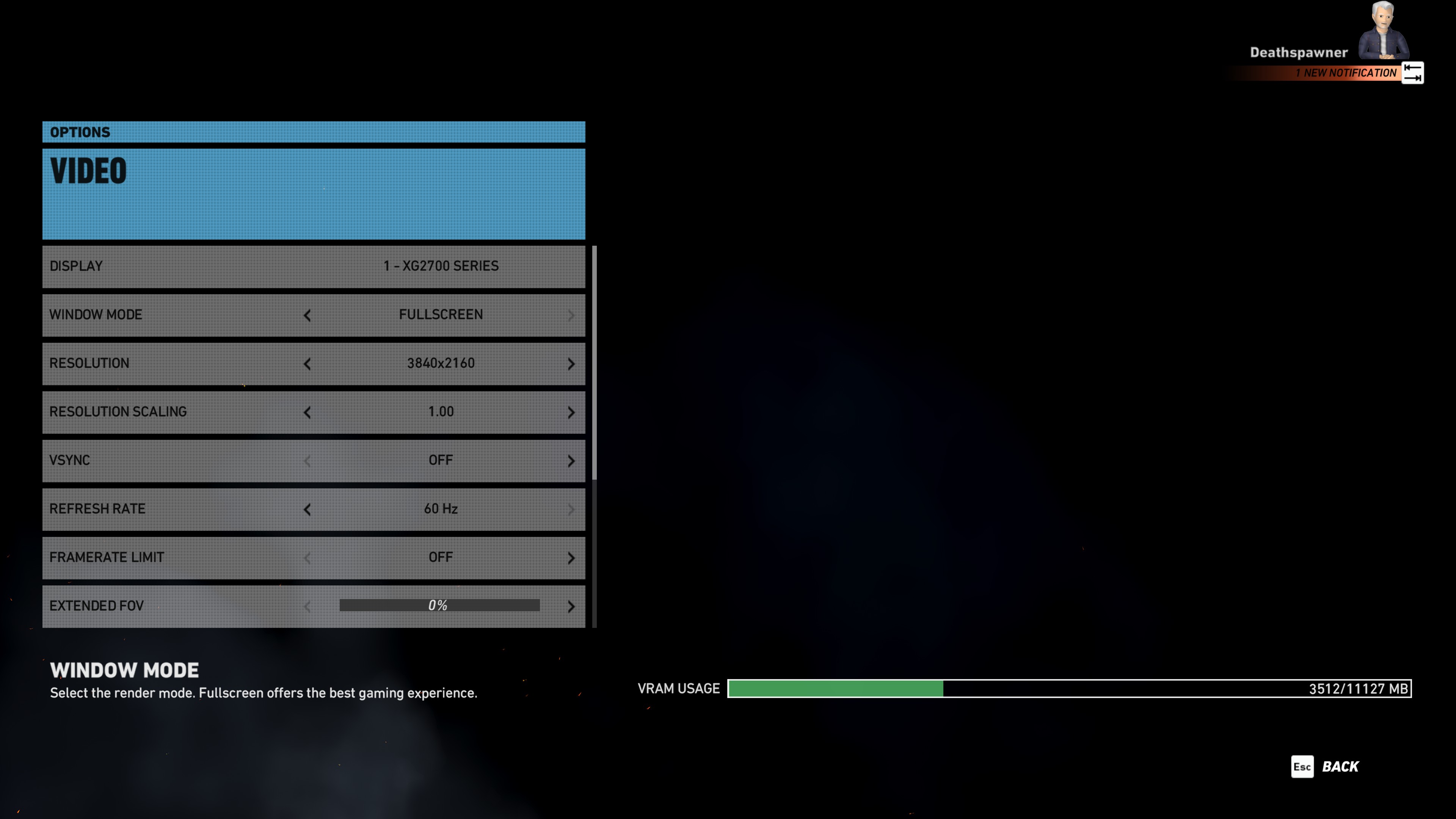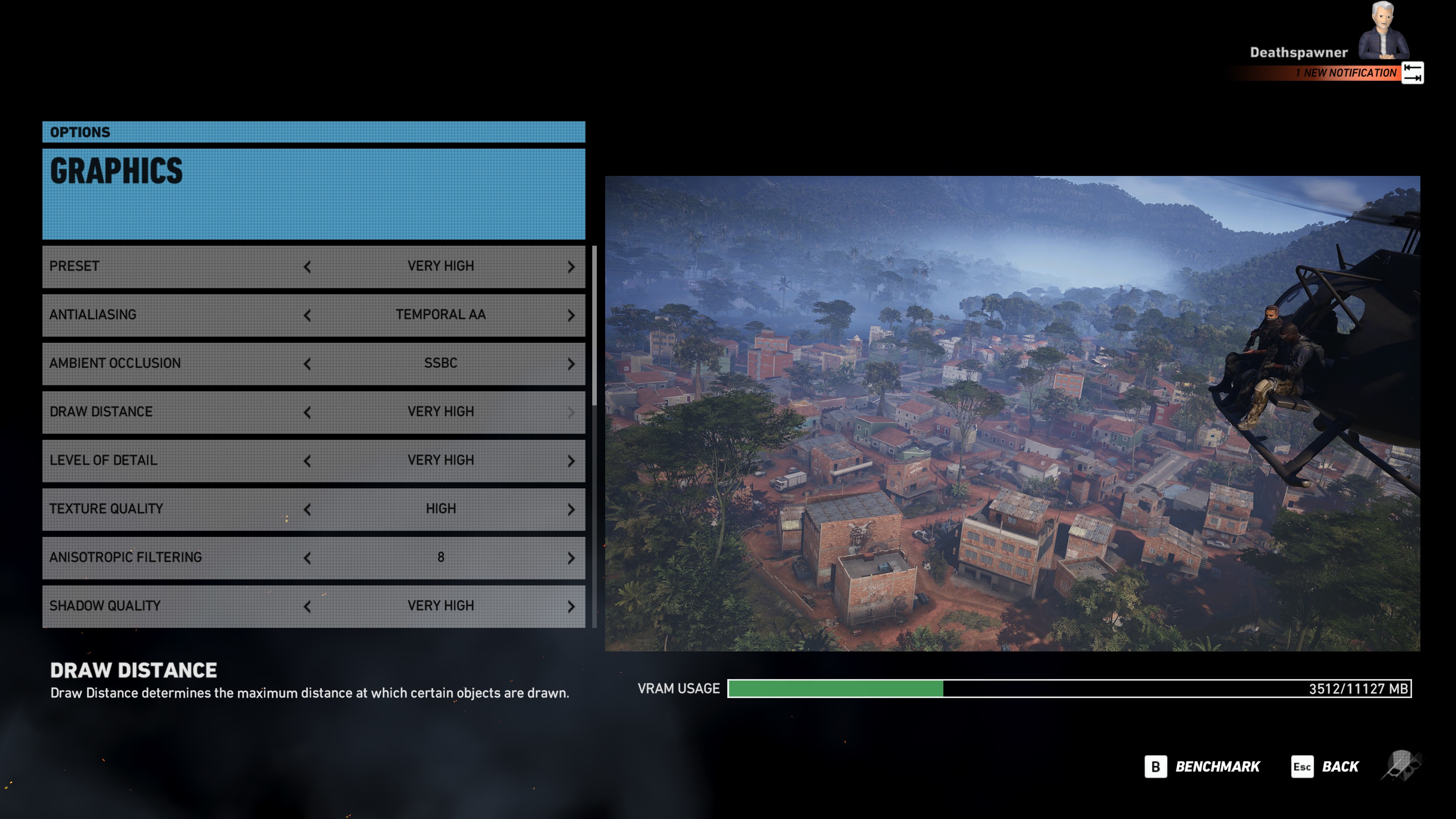- Qualcomm Launches Snapdragon 4 Gen 2 Mobile Platform
- AMD Launches Ryzen PRO 7000 Series Mobile & Desktop Platform
- Intel Launches Sleek Single-Slot Arc Pro A60 Workstation Graphics Card
- NVIDIA Announces Latest Ada Lovelace Additions: GeForce RTX 4060 Ti & RTX 4060
- Maxon Redshift With AMD Radeon GPU Rendering Support Now Available
NVIDIA GeForce RTX 2080 & 2080 Ti 4K & Ultrawide Gaming Performance
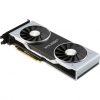
NVIDIA’s new Turing-based GeForce RTX graphics cards have landed, and we have a lot of performance information inside these few pages to help you justify (or not justify) a purchase. We’re pitting both of the new cards along with six last-gen models against eight games at three resolutions – including 4K and 3440×1440.
Page 1 – A Look At GeForce RTX & Our Test Suite
The moment PC performance seekers have been waiting for (this month) has arrived. NVIDIA has lifted the embargo on its GeForce RTX GPUs, so we’re finally able to share what many of you have been earnestly waiting for in recent months: benchmark results.
I had travel overlap precious RTX time, so as of right now, the only testing I’ve been able to conduct is straight-forward apples-to-apples performance. That means I haven’t yet fiddled with things like DLSS or the new NVIDIA Scanner auto-overclocking tool. That, along with light overclocking, will come later.
I’d usually try to fill this page with a look at the architecture and new features, but Jamie did that legwork for me last week. I’d highly recommend digging into that article if you want a detailed overview of what NVIDIA’s new Turing architecture brings to the game.
Mentioned a moment ago, DLSS is one of the highlighted new features of this launch. The initialism stands for deep learning super-sampling, and as you may have guessed, the feature uses deep learning to accelerate anti-aliasing. The end goal with DLSS is to deliver high-quality anti-aliasing at a reduced performance cost against comparative AA modes.
As for NVIDIA Scanner, it’s an automated overclocking engine that’s actually worth giving a shot. Wtih it, NVIDIA spawns threads that look for specific bit failures to determine whether or not a given overclock is stable. As it runs, the GPU clock will be gradually increased until failures can be seen. If you manually adjust the voltage and temperature threshold settings, this scanner will reach different conclusions.
When a run is completed, the overclock the scanner settles on should be guaranteed stable, and shouldn’t leave any notable headroom left over. One way to look at the scanner is this: if you were to spend an hour figuring out a quick and dirty stable overclock, this tool could do it quicker, and without your help.
One limitation to this scanner is that the memory is left alone, so if gains could be seen overclocking that, you will have to go the manual route. Overclocks higher than what the scanner decides on can surely be seen as well should you decide to begin cranking voltages and other secondary dials.
If you have questions that don’t get answered in this article, please leave a comment.
A Look At The Hardware
Since its Pascal GeForce launch, NVIDIA has offered ‘Founders Editions’ of its high-end graphics cards which have been kitted out with great looking industrial-inspired coolers. Unfortunately, looks are not everything: these same coolers have been found to throttle clocks due to the high temperatures, an issue not seen on other readily available options (or the same cards if you crank the fan speed).
It’s refreshing, then, that the Turing architecture has ushered in a brand-new Founders Edition card design. The card’s overhauled cooler is wrapped in machine-finished aluminum, which makes for the most physically stable graphics card you’ve likely ever laid your hands on. If you manage to bend this card with your own hands, or by throwing it off of a building (don’t do that), please provide proof.
If you’re already familiar with NVIDIA’s Founders Editions, then you know what’s seen here is a massive improvement over the previous generation. We move from a less than ideal blower-style fan to dual axial fans equipped with 13 blades each. This card shouldn’t be starved of airflow, and at the same time, it shouldn’t be audibly obvious even when the going gets tough.
I haven’t been able to put proper testing into thermals or noise yet (it’s been so humid this week!), but I will evaluate it more later. First impressions tell me that this FE design will do well to negate the clock throttling issues of the previous gen, where some cards could lose 100MHz at the top-end. In a quick test, I hit 80°C on the 2080 Ti during Epic’s Infiltrator demo, but I didn’t break 70°C during Far Cry 5 gameplay.
At the back of the new FE, some other changes can be seen with a matte black finish replacing the typical glossy silver, as well as a first for gaming cards: a USB Type-C port for VirtualLink (for use with VR headsets). Fortunately, the addition of the USB Type-C port didn’t impact the number of total video out ports, as there remain 3x DisplayPorts and 1x HDMI.
Test System & Methodology
Historically, I’ve always used Intel’s current-gen enthusiast platform (eg: Core X-series) as the base for Techgage‘s gaming GPU test PC, but I changed things up for this launch. After having conversations about it here and there over the past couple of months, it’s felt increasingly safe to say that clocks matter more than core counts for most gamers.
The ultimate reason I’ve chosen enthusiast platforms for game testing in the past was because more PCIe lanes were made available. The reality, though, is that single-GPU testing is going to dwarf the amount of multi-GPU testing I’ll want to do. Beyond that, it doesn’t appear that Intel’s Z370 reduced PCIe lane count impacts dual-GPU performance to any significant degree anyway. A platform comparison in the future could be fun to dive into, since it’s something Techgage has never tackled.
For my purposes, which is to have a PC that simply lets me benchmark a graphics card reliably, the Intel Z370 platform isn’t going to hold anything back. As a higher-end enthusiast who wishes to pile on NVMe drives or other PCIe-bound peripherals as well as a second GPU, a beefier platform would be warranted.
| Techgage Gaming GPU Test PC | |
| Processor | Intel Core i7-8700K (3.7GHz, 6C/12T) |
| Motherboard | EVGA Z370 FTW CPU tested with BIOS 1.09 (August 20, 2018) |
| Memory | G.SKILL TridentZ (F4-3400C16-8GSXW) 8GB x 2 Operates at DDR4-3400 16-16-16 (1.35V) |
| AMD Graphics | AMD Radeon RX Vega 64 (8GB; Radeon 18.8.2) AMD Radeon RX Vega 56 (8GB; Radeon 18.8.2) AMD Radeon RX 580 (8GB; Radeon 18.8.2) AMD Radeon RX 570 (4GB; Radeon 18.8.2) AMD Radeon RX 550 (2GB; Radeon 18.8.2) |
| NVIDIA Graphics | NVIDIA GeForce RTX 2080 Ti (11GB; GeForce 411.51) NVIDIA GeForce RTX 2080 (8GB; GeForce 411.51) NVIDIA TITAN Xp (12GB; GeForce 399.07) NVIDIA GeForce GTX 1080 Ti (11GB; GeForce 399.07) NVIDIA GeForce GTX 1080 (8GB; GeForce 399.07) NVIDIA GeForce GTX 1070 Ti (8GB; GeForce 399.07) NVIDIA GeForce GTX 1070 (8GB; GeForce 399.07) NVIDIA GeForce GTX 1060 (6GB; GeForce 399.07) NVIDIA GeForce GTX 1050 Ti (4GB; GeForce 399.07) NVIDIA GeForce GTX 1050 (2GB; GeForce 399.07) |
| Storage | Kingston SSDNow V310 960GB (SATA 6Gbps) |
| Power Supply | Corsair RM650x (650W) |
| Chassis | NZXT S340 Elite Mid-tower |
| Cooling | Corsair Hydro H100i V2 AIO Liquid Cooler (240mm) |
| Et cetera | Windows 10 Pro (64-bit; build 17134) |
Games Tested & Vendor Neutrality
A total of eight games are included in our current test suite. Some have appeared here before, while others make their first appearance: Monster World Hunter, Fortnite, and F1 2018. I had planned to include PlayerUnknown’s Battlegrounds as a ninth title, but the results were too sporadic to inspire any sort of confidence (an issue not seen in Fortnite, by comparison).
Here’s the full list of tested games and developer allegiances, as well as synthetic tests also used:
- Battlefield 1
- Deus Ex: Mankind Divided – AMD partner
- F1 2018
- Far Cry 5 – AMD partner
- Fortnite
- Monster Hunter World
- Rise of the Tomb Raider – NVIDIA partner
- Tom Clancy’s Ghost Recon Wildlands – NVIDIA partner
- UL 3DMark & VRMark
- Unigine Superposition
For our apples-to-apples testing, the graphics settings seen above apply to every one of our tested resolutions so as to deliver standard apples-to-apples results. In most cases, each configuration is tested twice, with more runs added if the initial results make the extra testing necessary. Fortnite is the only game tested three times by default due to its variable nature.
Shadow of the Tomb Raider will replace Rise of the Tomb Raider in our suite as soon as its RTX enhancements come along. Similarly, those same RTX enhancements can’t be taken advantage of until Microsoft releases its DXR API to the wild, something expected to happen with the Redstone 5 fall update. For now, we’re largely stuck to traditional testing. Speaking of, let’s get on with it.
Support our efforts! With ad revenue at an all-time low for written websites, we're relying more than ever on reader support to help us continue putting so much effort into this type of content. You can support us by becoming a Patron, or by using our Amazon shopping affiliate links listed through our articles. Thanks for your support!




